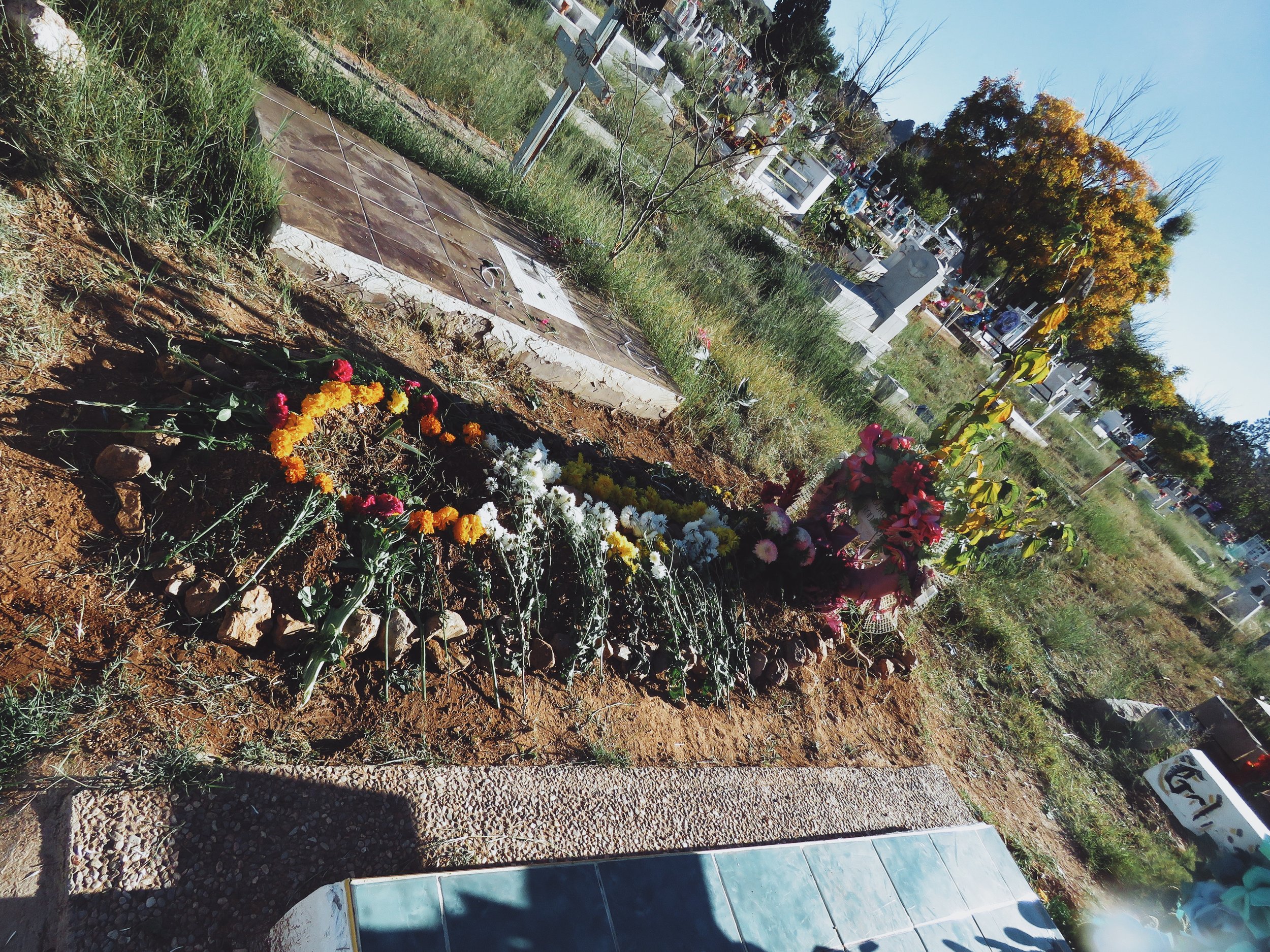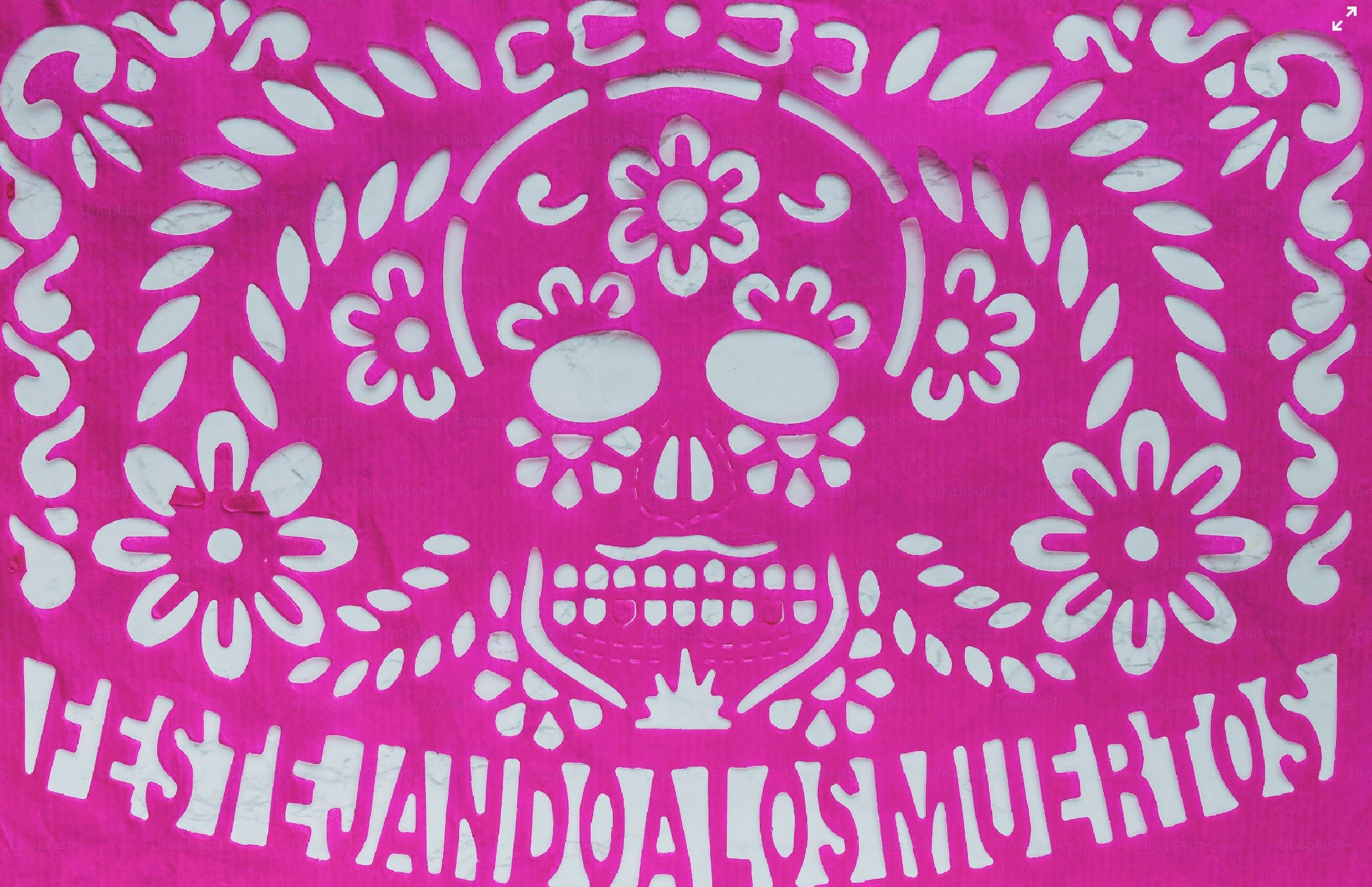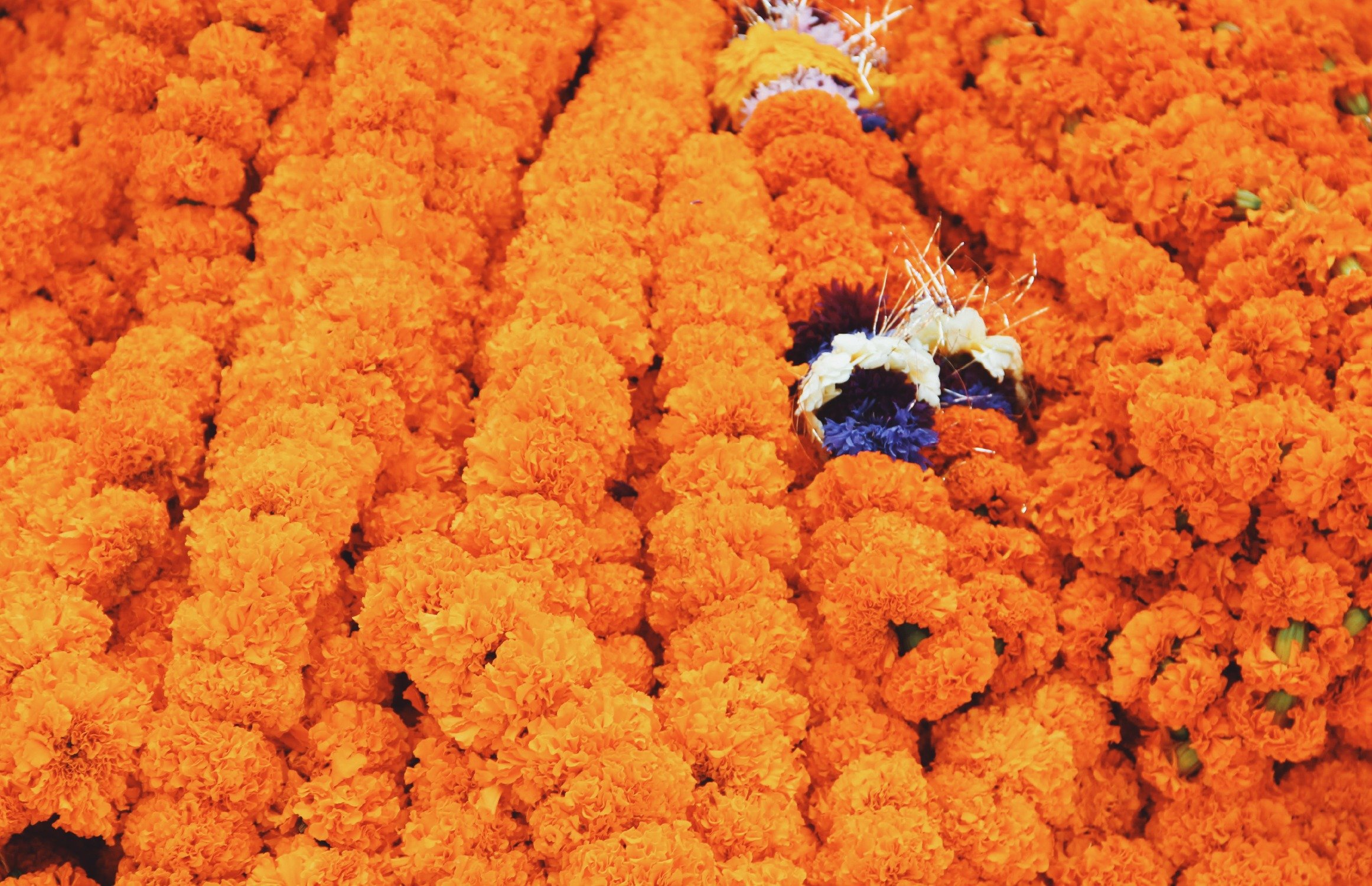
November 15th, 2024
The El Día de Muertos is one of the most emblematic festivities of Mexican culture, standing out for its dynamic and evolutionary nature.
According to the latest article from the National Institute of Anthropology and History (INAH), this celebration does not have a pre-Hispanic origin, although that is a common belief. In reality, the El Día de Muertos represents the mixture and evolution of ancestral traditions linked to the change of season and the honoring of the dead.
The holiday was introduced in Mexico in the 16th century by Christian missionaries, who imposed it on indigenous communities. Despite being a Christian celebration, it has been adopted by indigenous peoples who have made it their own.
In the 16th century, the chronicler Diego Durán observed how the indigenous people placed different offerings on All Saints' Day (November 1) and on the El Día de Muertos (November 2), combining these days with funeral rituals and altars honoring those who have passed.
The Christianization process in Mexico was a profound cultural loss, since religious imposition sought to eradicate pre-Hispanic practices. The little that is preserved from these cultures comes from pictographic documents and codices. Among the Mexica traditions, for example, there were four festivals dedicated to the dead in their annual calendar of 18 twenties (or months): Miccailhuitontli (Small Festival of the Dead for children), Huey Miccailhuitl (Great Festival of the Dead for warriors), Tepeilhuitl (Festival of the hills, for deities and drowned dead) and Tititl (winter cycle, celebrated on the solstice).
The twenty-one Tititl, the winter solstice, marked the end of the year and the powerful Cihuacóatl was celebrated and it was the festival of the dead, who were remembered every year through an offering in which an image representing the deceased was placed on a mat, along with the bezote that was used in the parties, the bundle of feathers held behind the head, and many perfumes. An offering of food was placed in front of these items, and at the end, the torch was lit and everything was burned. The quixebilotia (in memory) was done every year for the relatives.
Today, the El Día de Muertos is making a strong comeback and has become a symbol of Mexican culture, celebrating life and showing the resilience of its people. In Mexico, the veneration of Christian relics, such as the bones of saints in bread, has been transformed into altars decorated with flowers, food and personal objects of the deceased. In addition, it is common for relatives to clean graves, compose “calaveritas” (humorous verses about death) and organize a gathering at the cemetery to remember their loved ones.
Altars are made up of three or seven levels, and are prepared before the symbolic arrival of the deceased. Today, the celebration has evolved to include pets, who “arrive” on October 27, followed by children on November 1 and adults on November 2. This addition shows how El Día de Muertos continues to adapt to modern life, reflecting the special bond that Mexicans maintain with those they love, in life and in death.




El Día de Muertos es una de las festividades más emblemáticas de la cultura mexicana, que destaca por su carácter dinámico y evolutivo. Según el último artículo del Instituto Nacional de Antropología e Historia (INAH), esta celebración no tiene un origen prehispánico, aunque es una creencia común. En realidad, el Día de Muertos representa una mezcla y evolución de tradiciones ancestrales vinculadas al cambio de estación y al culto a los muertos.
Esta festividad fue introducida en México en el siglo XVI por misioneros cristianos, quienes la impusieron en las comunidades indígenas. A pesar de ser una celebración cristiana, la intensidad con que fue acogida por los indígenas sugiere que adaptaron la festividad a sus propias prácticas prohibidas, encontrando en estas fechas un espacio seguro para honrar a sus dioses antiguos. En el siglo XVI, el cronista Diego Durán observó cómo los indígenas colocaban ofrendas distintas en Todos Santos (1 de noviembre) y en Día de Muertos (2 de noviembre), fusionando estos días con antiguos rituales funerarios a dioses que fueron olvidando.
El proceso de cristianización en México significó una pérdida cultural profunda, ya que la imposición religiosa buscaba erradicar las prácticas prehispánicas. Lo poco que se preserva de estas culturas proviene de documentos pictográficos y códices. Entre las tradiciones mexicas, por ejemplo, existían cuatro festividades dedicadas a los muertos en su calendario anual de 18 veintenas (o meses): Miccailhuitontli (Fiesta pequeña de los muertos para niños), Huey Miccailhuitl (Gran fiesta de los muertos para guerreros y guerreras), Tepeilhuitl (Fiesta de los cerros, para deidades y muertos ahogados) y Tititl (ciclo de invierno, celebrado en el solsticio). La veintena Tititl marcaba el fin del año La veintena Tititl, el solsticio de invierno marcaba el fin del año y “se celebraba a la poderosa Cihuacóatl y era la fiesta de los finados, a quienes se recordaba cada año a través de una ofrenda en memoria, en la que se colocaba, sobre un petate, una imagen representando al difunto (un manojo de ocote vestido con una manta o camisa, con nahuas si era mujer, junto con escudillas, pucheros y otras cosas de casa), le colocaban el bezote que utilizaba en las fiestas, el atado de plumas sujeto atrás de la cabeza y muchos perfumes; frente a esta representación se colocaba mucha comida, la cual era convidada a los principales, al finalizar, se encendía la tea y se quemaba todo” El quixebilotia (en memoria) se hacia cada año para los párientes.
Actualmente, el Día de Muertos resurge con fuerza y se ha convertido en un símbolo de la cultura mexicana, celebrando la vida y mostrando la resiliencia de su gente. En México, la veneración de reliquias cristianas, como los huesos de santos en pan, se transformó en altares decorados con flores, alimentos y objetos personales de los difuntos. Además, es común que los familiares limpien las tumbas, compongan "calaveritas" (versos humorísticos sobre la muerte) y organicen una reunión en el cementerio para recordar a sus seres queridos.
Los altares se componen de tres o siete niveles, y se preparan antes de la llegada simbólica de los difuntos. En la actualidad, la celebración ha evolucionado para incluir a las mascotas, que "llegan" el 27 de octubre, seguidas de los niños el 1 de noviembre y los adultos el 2 de noviembre. Esta incorporación muestra cómo el Día de Muertos continúa adaptándose a la vida moderna, reflejando el vínculo especial que los mexicanos mantienen con aquellos a quienes aman, en vida y en muerte.




